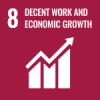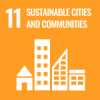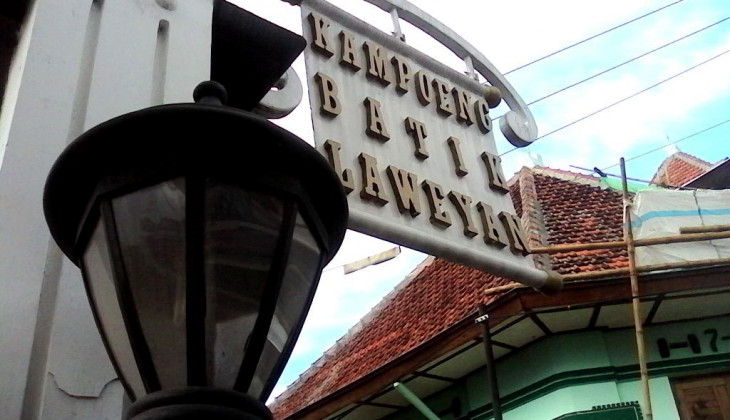There are several interesting factors when studying Surakarta as a Heritage Tourism. Besides being a declarator and member of the Indonesian Heritage City network (KJPI) since 2008 and a member of the Organization of World Heritage Cities, Surakarta also has two palaces, namely the Kasunanan Palace (1745) and the Mangkunegaran Temple (1757). There has also been a Dutch fort, namely Vastenburg, since 1745.
Furthermore, Solo’s settlements are two cultural heritage areas: the Baluwarti settlement and the Laweyan settlement. Moreover, there is still another settlement, namely the Kauman settlement. However, this area has not been selected as a cultural heritage and has slowly started to lose its authenticity.
“Thus, I prefer the Baluwarti settlement area and Laweyan settlement to be a study in research,” said Dr. RR. Erna Sadiarti Budiningtyas as a lecturer and Researcher of Tourism ABA St. Pignatelli, Surakarta. She conveyed this while presenting her dissertation research results in the National Tourism Seminar Series # 1 held online by the Tourism Studies Study Program, UGM Graduate School, on Tuesday night (3/11).
Not only highlighting the Laweyan image as a deterioration in heritage tourism, but she also found other facts in the heritage village of Baluwarti in her research. She added that Laweyan is the condition of kopen ora kajen, and the Baluwarti area is kajen ora kopen.
Kopen ora kajen, which means well-preserved but not appreciated, according to Erna, represents the condition of Laweyan Batik Village. The village’s situation as heritage tourism is very apprehensive and is included in unsustainable tourism.
Erna reported that there was an escalating number of lost cultural heritage attractions. Due to trade competition, the houses of batik masters in Laweyan have slightly shifted.
Besides, because of inheritance matters, the houses were not entirely cut into pieces. Small batik traders to the periphery also squander the market because they fail to compete.
“The one who has survived is a large batik business. For the sake of serving the guests, they then began to open the house, and not a few of the guests entered the house to view the batik. This condition is because competition occurred, which caused the houses to become like jag-jag (ora kopen/not appreciated) anymore,” she said.
For Prof. Dr. M. Baiquni, M.A develops Surakarta tourism based on local wisdom, preferably with the empathy concept and experience to stay for weeks or months. Most of the tourists not only observe people drawing batik but, at the same time, learn to do it themselves, and also learn klenengan, dance, or other village music such as hadrah.
According to her, tourism is essential to be developed by restoring culture, local wisdom, and environmental care. Such tourism development also means restoring ecological conditions. It is necessary to regain their ecology and ecosystem as well as to revive heritage villages.
“We can start developing three things as an icon of Solo tourism based on local wisdom, namely culinary, batik, and history. Culinary there are nasi liwet, Selat Solo, cabuk rambak and so on. Batik is the batik village of Kauman, Baluwarti, Laweyan,” she said.
She also added that there is also the Sangiran Museum, which presents many prehistoric times. Sangiran is a world heritage and is interested in studying anthropology, archeology, geography, and history.
“Although it is 17 km from Solo, Sangiran can be developed in a series of Solo tourism. In addition, Sangiran also has a World Class Museum,” she said.
Source: https://ugm.ac.id/id/berita/20299-mengembangkan-wisata-di-surakarta-berbasis-kearifan-lokal



